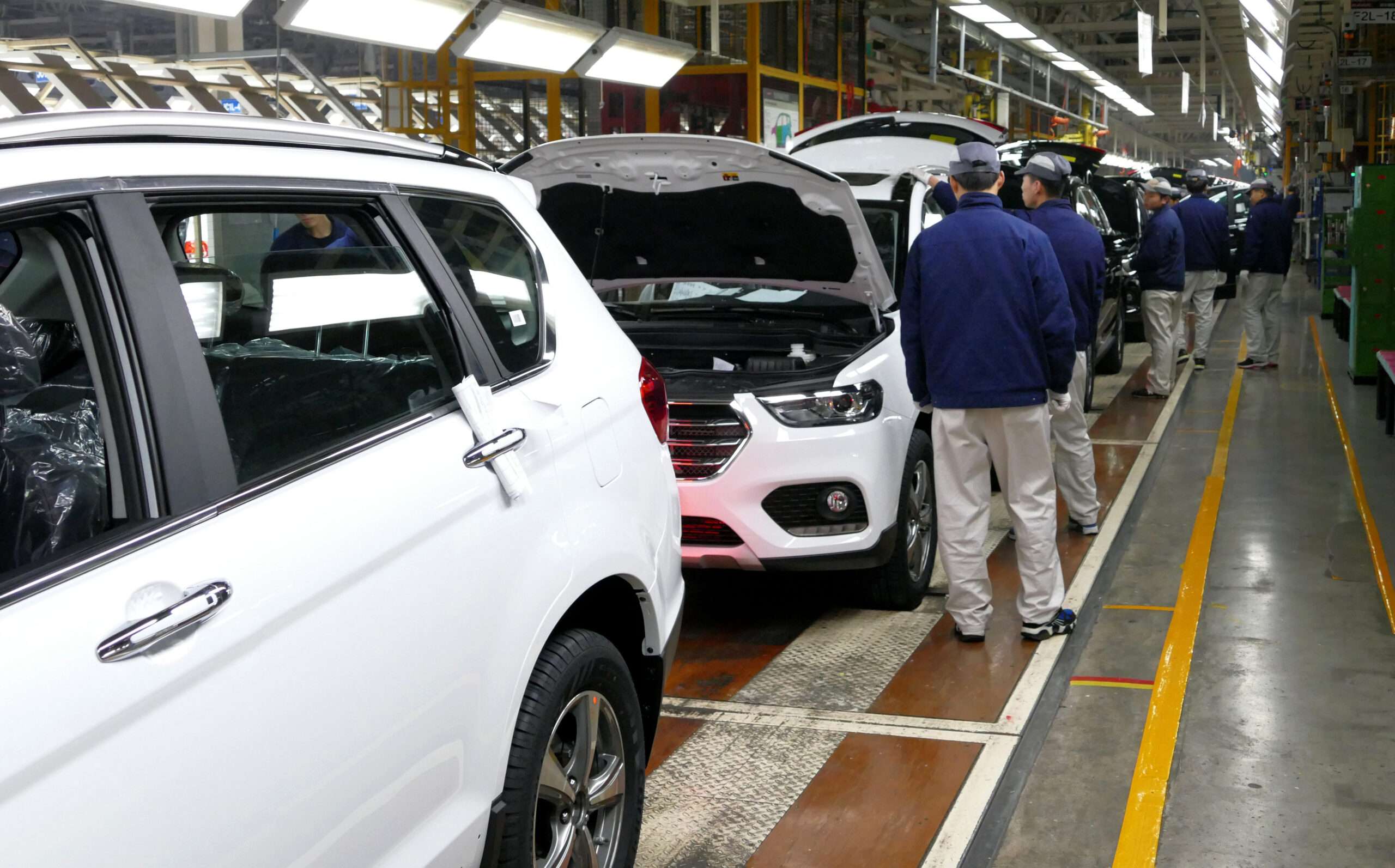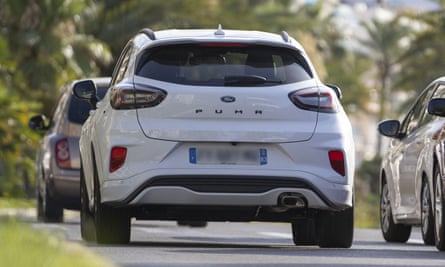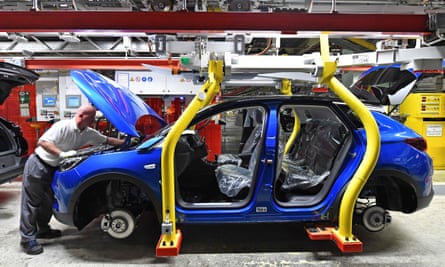
State Sen. Norm Needleman championed the 2021 legislation designed to lure major data centers to Connecticut.
The Democratic lawmaker hoped to better compete with nearby states, bring in a growing industry, and provide paychecks for workers tasked with building the sprawling server farms.
But this legislative session, he’s wondering if those tax breaks are appropriate for all data centers, especially those with the potential to disrupt the state’s clean energy supply.
Particularly concerning to him are plans for a mega data center on the site of the state’s only nuclear power plant. The developer is proposing an arrangement that would give it priority access to electricity generated at the plant, which would mean less carbon-free power for other users.
“That affects our climate goals,” he said. “It’s additional demand of renewable energy that we would have to replace.”
Needleman, co-chair of the Senate Energy and Technology Committee, is now reconsidering details of the state incentive program as he works on legislation to study the impact of data centers on the state’s electric grid. Mistakes now, he said, could lead to “a real crisis.”
Compared with other employers that states compete for, such as automotive plants, data centers hire relatively few workers. Still, states have offered massive subsidies to lure data centers — both for their enormous up-front capital investment and the cachet of bringing in big tech names such as Apple and Facebook. But as the cost of these subsidy programs balloons and data centers proliferate coast to coast, lawmakers in several states are rethinking their posture as they consider how to cope with the growing electricity demand.
From the outside, data centers can resemble ordinary warehouses. But inside, the windowless structures can house acres of computer servers used to power everything from social media to banking. The centers suck up massive amounts of energy to keep data moving and water to keep servers from overheating.
Data centers are the backbone of the increasingly digital world, and they consume a growing share of the nation’s electricity, with no signs of slowing down. The global consultancy McKinsey & Company predicts these operations will double their U.S. electric demands from 17 gigawatts in 2022 to 35 gigawatts by 2030 — enough electricity to power more than 26 million average homes.
Some states, including Maryland and Mississippi, continue to pursue incentives to land new data centers. But in other states, the growth of the industry is raising alarms over the reliability and affordability of local electric grids, and fears that utilities will meet the demand by leaning more heavily on fossil fuel generation rather than renewables.
‘Panicked rush to gas’ could hike energy costs, report warns regulators
In South Carolina, lawmakers have started to question whether these massive power users should continue to receive tax breaks and preferential electric rates.
In Virginia, home to the world’s largest concentration of data centers, a legislative study is underway to learn more about how those operations are affecting electric reliability and affordability.
And Georgia lawmakers just passed legislation that would halt the state’s tax incentives for new data centers for two years. Georgia is home to more than 50 data centers, including those supporting AT&T, Google and UPS, according to the state commerce department.
Georgia Republican state Sen. John Albers, a sponsor of the Senate bill, said the significant growth of data centers in his state has helped communities and schools by boosting property tax revenues. But, considering factors such as water and electric use, he said the return on the state’s investment “is not there” and that “initial findings do not support credits from the state level.”
Nationwide, data center subsidies were costing state and local governments about $2 million per job created, according to a 2016 study by Good Jobs First, a nonprofit watchdog group that tracks economic development incentives. That figure has certainly ballooned in recent years, said Kasia Tarczynska, the organization’s senior research analyst, who authored the report.
The Georgia bill now sits on the desk of Republican Gov. Brian Kemp, whose office did not respond to a request for comment.
The Data Center Coalition, a trade group representing tech giants including Amazon, Google and Meta, is urging a veto.
Josh Levi, president of the organization, said data center companies are investing billions in new Georgia data centers, making metro Atlanta one of the nation’s biggest industry hubs.
Levi noted that lawmakers in 2022 extended the state’s tax credit program through 2031.
“The abrupt suspension of an incentive that not only has been on the books, but that was extended two years ago, I think signals tremendous uncertainty, not just for the data center industry, but more broadly,” he said.
Levi said the data center industry has been at the forefront of pushing clean energy. As of last year, data center providers and customers accounted for two-thirds of American wind and solar contracts, according to an S&P Global Market Intelligence report.
“Fundamentally, data is now the lifeblood of our modern economy,” he said. “Everything that we do in our personal and professional lives really points back to data generation, processing and storage.”
‘Electricity hogs’
In fast-growing South Carolina, lawmakers have pointed to data centers as a major factor in rising electricity demand.
As part of a broader energy bill, the legislature considered a measure that would prevent data centers from receiving discounted power rates.
Tech breakthrough could boost states’ use of geothermal power
Republican state Rep. Jay West said inducements such as reduced power rates are appropriate for major, transformational endeavors. He pointed to the BMW factory in Spartanburg, which employs 11,000 people, draws in major suppliers and pumps millions into the state economy.
While data centers boost local property taxes receipts, they don’t do much for the state, he said, and shouldn’t receive preferential rates. And they are being built faster than new energy generation can be added.
“I do not speak for my caucus or the [legislative] body in saying this,” he said, “but I don’t think South Carolina can handle more data centers.”
The House provision on data center utility rates was quickly struck in a Senate committee, the South Carolina Daily Gazette reported.
Lynn Teague, vice president of the League of Women Voters of South Carolina, said that change was made with no public discussion.
Teague, who lobbies the legislature, said South Carolinians, including more than 700,000 people living in poverty, shouldn’t have to pick up the tab for tax or utility breaks for major data center firms.
“We have companies like Google with over $300 billion in revenues a year wanting these folks to subsidize their profit margin at the same time that they’re putting intense pressure on not just our energy, but our water,” she said.
Lawmakers saw data centers as a possible successor to South Carolina’s declining textile industry when they approved the data center incentives in 2012, The State reported at the time. One Republican bill sponsor, then-state Rep. Phyllis Henderson, also cited North Carolina’s success with data center incentives, saying South Carolina was “just losing projects right and left to them.”
But on the Senate floor earlier this month, Senate Majority Leader Shane Massey, a Republican, described data centers as “electricity hogs that aren’t really providing a whole lot of jobs.”
‘Rippling effects’
Virginia has been a hub for data centers for decades, touting its proximity to the nation’s capital, inexpensive energy, a robust fiber network and low risk of natural disasters. Now, Virginia lawmakers are increasingly scrutinizing the industry.
That’s in part because data centers have moved into traditionally residential areas, said Republican state Del. Ian Lovejoy, who represents a Northern Virginia district.
There’s no way to power the data center inventory that’s being proposed and is likely to be built without substantial increases to the power infrastructure and power generation.
– Virginia Republican state Del. Ian Lovejoy
He sponsored two pieces of legislation this year affecting data center land use issues. One would have prevented data centers from building too close to parks, schools or neighborhoods; another would have altered land use disclosure rules for developers.
“There’s no way to power the data center inventory that’s being proposed and is likely to be built without substantial increases to the power infrastructure and power generation,” he said. “And that’s going to have rippling effects far away from where the data centers are being sited.”
Aaron Ruby, spokesperson for Dominion Energy in Virginia, the state’s predominant electric provider, said data centers, like other classes of customers, pay for the costs of their electric generation and transmission.
He said the company forecasts consumers’ monthly bills to grow by less than 3% annually over the next 15 years. That increase, he said, is due to the company’s significant investment in renewable energy projects. While Dominion is “all in” on renewables, Ruby said it doesn’t foresee being able to meet increasing demand with only renewables.
“That’s just not physically possible,” he said.
States Debate Whether to Restrict — Or Invite — Crypto Mining
Dominion has pointed to data center growth as a key driver of its increasing electricity demand. In one state filing, the company said Virginia’s data centers had a peak load of almost 2.8 gigawatts in 2022.That was 1.5 times the capacity of the company’s North Anna nuclear plant, which powers about 450,000 homes.
“It is heart-stopping — just the scale at which these things are growing and the power they’re sucking up,” said Kendl Kobbervig, the advocacy and communications director at Clean Virginia, a well-funded advocacy group pushing for renewable energy, campaign finance reform and greater oversight of utilities.
She said the state must address how data centers could undercut its clean energy goals and how the industry is affecting the utility bills of everyday households and small businesses.
Over the past two years, Clean Virginia has tracked more than 40 proposed bills related to data centers.
Most of those efforts stalled this session as some lawmakers elected to wait on the results of a study announced in December by the state’s Joint Legislative Audit and Review Commission.
The lack of action frustrated many lawmakers and residents.
“I don’t know exactly what the study is going to say that we don’t already know,” said Democratic state Sen. Suhas Subramanyam, who sponsored a bill that would have required data centers to meet certain energy efficiency and clean energy standards to be eligible for the state’s lucrative sales tax exemptions.
“I think we already know that data centers take up a lot of power and present a lot of challenges to our grid.”
SUPPORT NEWS YOU TRUST.
"electric" - Google News
April 30, 2024 at 04:07PM
https://ift.tt/8MoXTOl
States rethink data centers as 'electricity hogs' strain the grid • Stateline - Stateline
"electric" - Google News
https://ift.tt/nAtGN9W
https://ift.tt/1srLUXy












